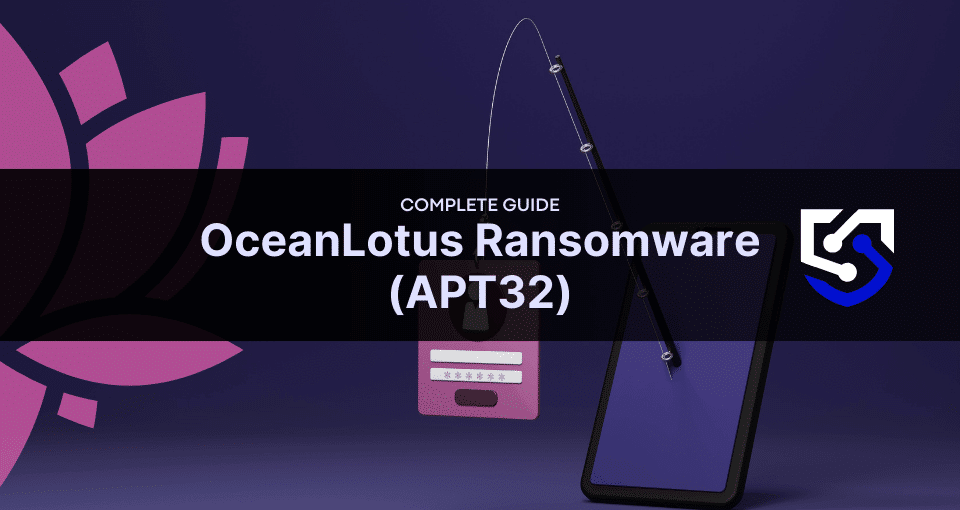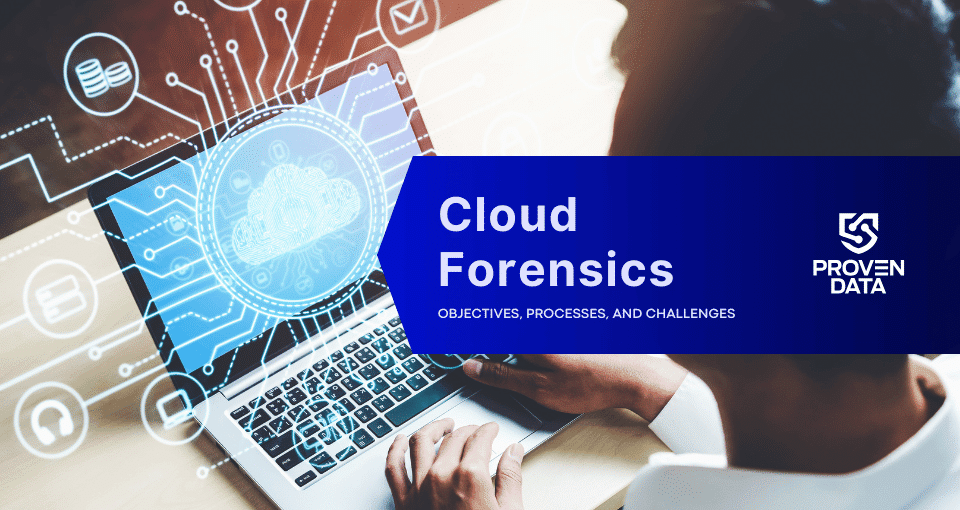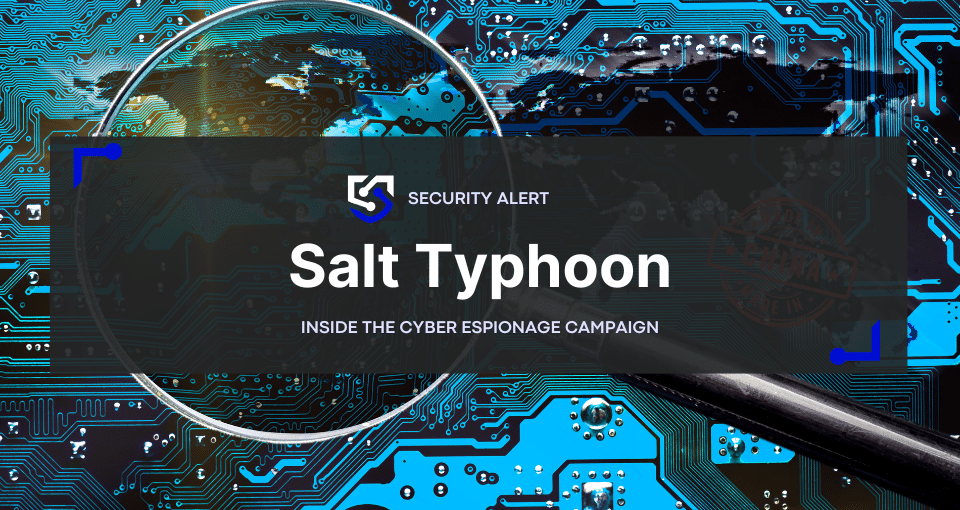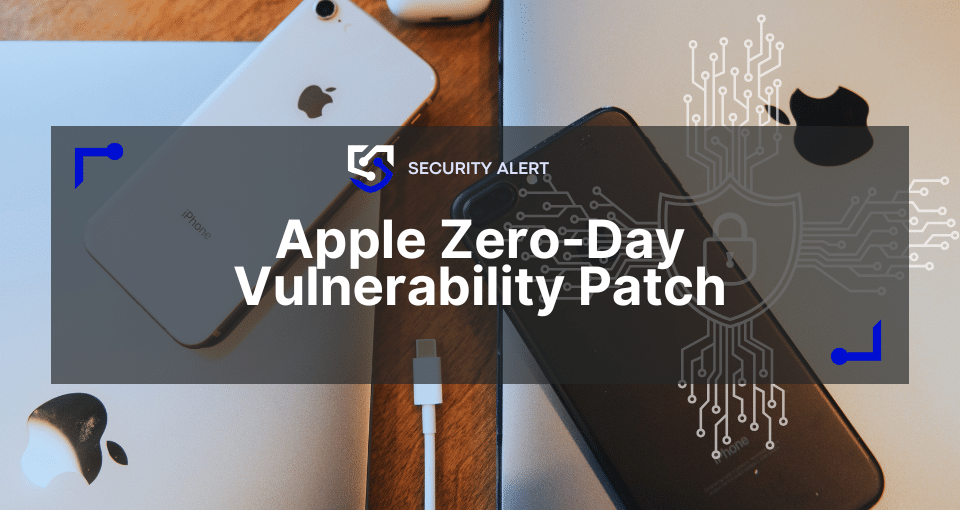OceanLotus is also known as APT32 or SeaLotus, among other aliases. It is a sophisticated hacking group that reportedly has ties to the Vietnamese government.
Active since at least 2013, this threat actor has gained notoriety for its advanced persistent threats (APTs) targeting a wide range of organizations and individuals across Southeast Asia and beyond.
This article describes the group’s main targets and notable attacks, how they work, and how to prevent an attack. Discover how to recognize an OceanLotus ransomware attack and learn the appropriate actions to take.
OceanLotus ransomware primary targets
OceanLotus has shown a particular interest in entities that intersect with Vietnamese political and economic interests.
Their targets often include:
- Governments, especially those in Vietnam’s neighboring countries
- Multinational corporations with business interests in Vietnam
- Human rights activists and political dissidents
- Journalists and media organizations
- Non-governmental organizations (NGOs)
- Research institutions and think tanks
Notable attacks
One of OceanLotus’s most significant campaigns involved the creation of multiple fake Vietnamese-language news websites. These sites were designed to profile visitors and selectively deliver malware to specific targets. This operation demonstrated the group’s commitment to long-term, sophisticated social engineering tactics.
In early 2020, OceanLotus launched a campaign targeting the Chinese government’s coronavirus response. They sent malware-laced emails to officials in Wuhan, showcasing their ability to adapt their operations rapidly to emerging geopolitical situations.
Amnesty International’s investigation revealed that OceanLotus had repeatedly targeted prominent blogger Bui Thanh Hieu, who had sought refuge in Germany, as well as other activists and NGOs supporting Vietnamese refugees.
How to identify OceanLotus: main IOCs (Indicators of Compromise)
IOCs (Indicators of Compromise) are digital traces left by attackers during a cyberattack. These clues, like file extensions, file hashes, and IP addresses, help identify malware or malicious activity. Technical knowledge might be needed to locate some IOCs, or you can use a ransomware ID to search for the strain that infected your machine and network.
Here are the key characteristics and artifacts to identify OceanLotus and recognize its main Indicators of Compromise (IOCs):
Network indicators
OceanLotus often uses specific command and control (C2) domains and IP addresses for their operations. Some recently observed domains include:
- mihannevis[.]com
- mykessef[.]com
- idtpl[.]org
- cortanasyn[.]com
- syn[.]servebbs[.]com
Organizations should monitor for any traffic to these domains, as they may indicate an active OceanLotus infection.
File-based indicators
OceanLotus malware often uses specific file names and paths for persistence., including:
- Files created in /Library/Preferences/.files or ~/Library/Preferences/.files
- Launch agents with suspicious names in ~/Library/LaunchAgents/
- Unexpected .docx files that are application bundles
Behavioral indicators
Some network and computer signs of OceanLotus activity include:
- Unusual processes making outbound connections on port 443 using a custom binary protocol
- Unexpected creation of hidden files or directories
- Suspicious DLL loading activities, especially involving legitimate applications
Malware families
OceanLotus is known to use several custom malware families, including:
- KerrDown: A sophisticated downloader malware
- Cobalt Strike: A legitimate penetration testing tool often abused by OceanLotus
- Custom backdoors for Windows, macOS, and Android
How OceanLotus ransomware works
Understanding OceanLotus’s ransomware tactics, techniques, and procedures (TTPs) is crucial. With this knowledge, users can significantly improve their defenses against this sophisticated threat actor.
Regular security awareness training, robust email filtering, network segmentation, and a comprehensive endpoint detection and response (EDR) solution are all critical components of an effective defense strategy against OceanLotus and similar APT groups.
1. Initial access
OceanLotus typically gains initial access through spear-phishing emails containing malicious attachments or links to compromised websites.
Spear-phishing is a highly targeted cyberattack that uses social engineering to trick people into clicking malicious links, downloading infected attachments, or sharing sensitive information. These attacks are personalized and easily mistaken for real communication.
The group has also been known to create elaborate fake news websites and social media profiles to lure targets into downloading malware.
2. Persistence mechanisms
Once it gains a foothold, OceanLotus employs various techniques to maintain persistence. On macOS systems, it often creates launch agents that run when the system starts up. On Windows, it may use DLL side-loading techniques with legitimate applications.
3. Command and control
OceanLotus malware usually communicates with its C2 servers using custom binary protocols over encrypted channels. It mimics HTTPS traffic on port 443 to avoid detection. The group has shown increasing sophistication in their C2 infrastructure, using ephemeral encryption keys and custom communication protocols.
4. Data exfiltration and further compromise
After establishing a foothold, the ransomware gathers system information and exfiltrates data. Its modular capabilities allow attackers to download and execute additional payloads as needed, including keyloggers, screen capture tools, or more advanced backdoors.
5. Ransomware deployment
While OceanLotus is primarily known for espionage, it could deploy ransomware as part of its operations. This could be used as a smokescreen for its true intentions or as an additional monetization method.
What to do in case of an OceanLotus attack
The moment you realize OceanLotus deployed its payload into your machines or network, you must stop using them and contact a ransomware recovery service provider.
These services can assist you with incident response and mitigation, minimize downtime, and provide data recovery if necessary. Requesting a digital forensics report is also recommended. This document can give you insights into how the attack happened and whether the threat actors left any backdoors they can use for a future attack.
Report the incident to the relevant authorities
Many jurisdictions have laws requiring reporting certain types of cyber incidents, especially those involving personal data breaches. Your report can also contribute to the broader understanding of the threat landscape, helping other organizations defend against similar attacks. In some cases, authorities may have information or tools that can assist in the recovery process.
Contact the Computer Emergency Response Team (CERT), US-CERT, local and federal law enforcement agencies like the FBI. Provide as much detail as possible about the attack, including any indicators of compromise, the extent of the damage, and any evidence of data exfiltration. Be prepared to share system logs, network traffic data, and other relevant technical information.
Restore systems from clean, offline backups if available
Before beginning the restoration process, verify that your backups are clean and unaffected by the malware. Ensure that the underlying infrastructure is clean and secure. This may involve reimaging affected machines or, in severe cases, replacing hardware entirely.
Begin the restoration process, starting with critical systems and data. Prioritize based on business needs and dependencies between systems.
After restoration, thoroughly test each system to ensure it’s functioning correctly and shows no signs of infection.
Remember, the goal is to restore data and return to a known clean state. This process can be time-consuming, but it’s essential for ensuring a secure and complete ransomware recovery.
Seek assistance from cybersecurity professionals
Engaging with ransomware recovery professionals is crucial in effectively responding to and recovering from an OceanLotus attack. These experts bring specialized knowledge and tools that can significantly improve your response and recovery efforts. They can also help ensure that your response meets all relevant legal and regulatory requirements, particularly data protection and breach notification laws.
Cybersecurity professionals can help manage the incident response process, ensuring that all necessary steps are taken correctly and urgently. They can conduct a detailed forensic analysis of affected systems to determine the initial infection vector, the extent of the damage, and whether any data exfiltration occurred.
This information is crucial for understanding the full impact of the attack and preventing future incidents. Based on their findings, cybersecurity professionals can develop a comprehensive recovery strategy tailored to your organization’s specific situation and needs. By the end, they can provide recommendations for enhancing your security posture to prevent similar attacks in the future. This might include suggestions for improved network segmentation, enhanced monitoring capabilities, or additional security controls.
How to prevent OceanLotus ransomware attacks
Proactive measures and continuous vigilance are key to maintaining robust cybersecurity defenses. Given OceanLotus’s destructive nature, prevention is the best choice.
Implementing strong access controls is a vital aspect of ransomware prevention. This includes applying the principle of least privilege, ensuring that users only have access to the resources necessary for their roles, thereby limiting the potential impact of a compromised account. Multi-factor authentication is also a prevention method that adds an extra layer of security, making it significantly more difficult for attackers to gain unauthorized access even if they obtain user credentials.
The final piece in ransomware prevention and mitigation is developing a comprehensive incident response plan. This plan should outline detailed steps during a cyberattack and assign roles and responsibilities to team members. Regular testing and updating of this plan through tabletop exercises ensure that the organization is prepared to respond swiftly and effectively in case of an attack.







